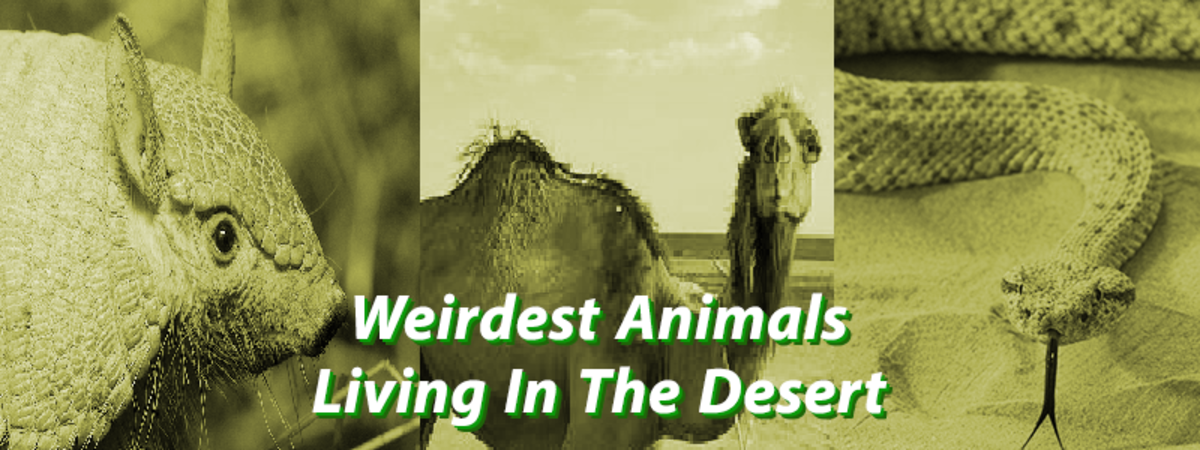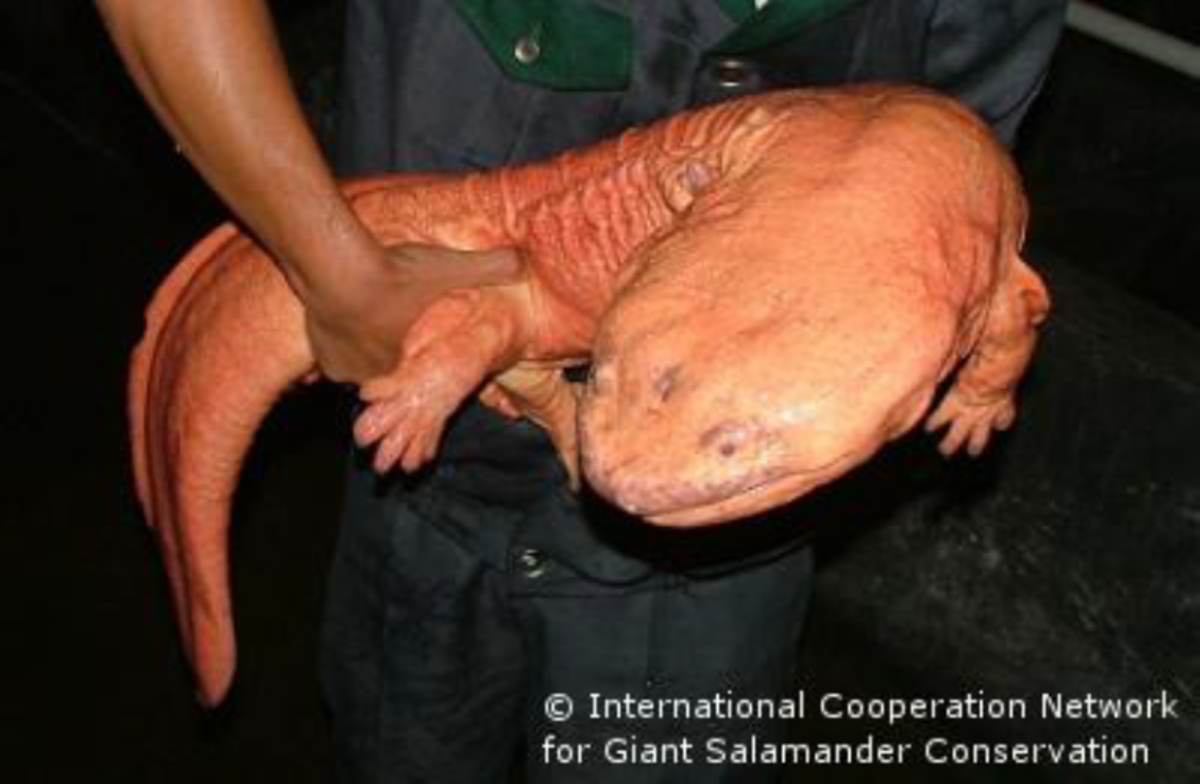The Different Types of Reptile in the World Today

Reptiles are land animals that breathe air and have four limbs (much reduced in snakes!). They are cold blooded, lay eggs and have scales or bony plates called scutes for protection. The shells of turtles are made up of scutes.
There are 4 main groups, or orders, recognized by biologists:
- Crocodilians (crocodiles, gavials, caimans, and alligators)
- Sphenodontia (the lizard-like Tuataras of New Zealand)
- Squamata (lizards, snakes)
- Testudines (turtles, tortoises and terrapins)
Reptiles are found widely distributed across the planet but because they are cold blooded (cannot keep their body temperature higher than the surrounding temperature) they are not as widespread as the warm-blooded mammals. They are absent in the Arctic and Antarctic and rare in many cooler regions like Northern Europe or the Northern US and Canada.
Plenty of details on the classification of reptiles can be found here: http://www.reptile-database.org/
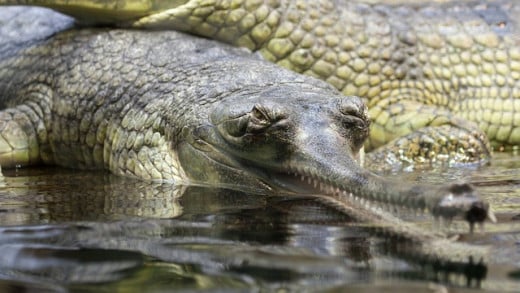
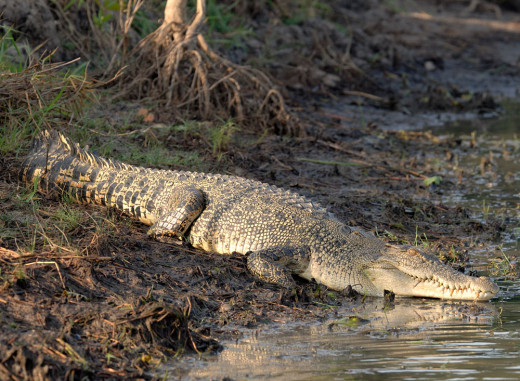
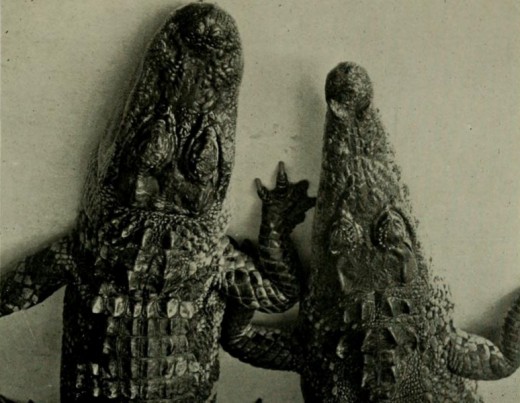
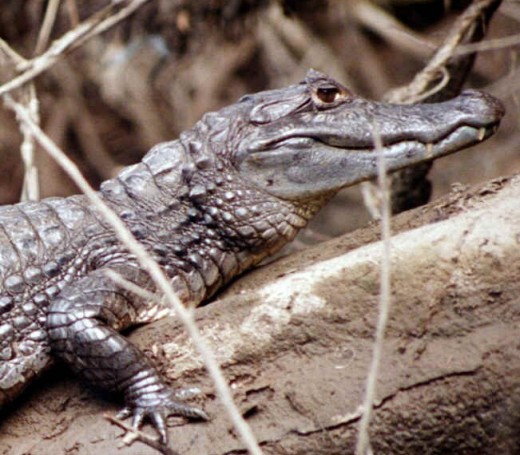
The Crocodilians: Crocodiles, Caimans, Alligators and Gharials
Crocodilian reptiles have been around for two hundred million years. They are top predators in many salt water, estaurine and river habitats.
Some of their special adaptions to a mainly aquatic lifestyle include:
- Nostrils that open into the back of the throat so they can breath with just their nostrils above the waterline.
- Modified salivary glands that can excrete excess salt (useful in salty water).
- Short legs that can be tucked up when swimming
The most obvious difference between Crocodiles, Alligators and Caimans is the head shape. Alligators have broad heads that do not taper much. Crocodile and Caiman heads have more of a triangular shape. Caimans tend to be smaller than other Crocodilians
Something all three groups have in common are tough skins with bony plates that serve as armor. Blood-rich vessels on the bumps along the back are good at heating or cooling the animal- depending on its choice of a shady or sunny location.
There are only 2 species of Alligator: the Chinese Alligator that is nearly extinct and the America Alligator (scientific name: Alligator mississippiensis) that is found in the SouthEastern US.
There are 12 species of Crocodile including the American Crocodile and the Nile Crocodile.
The final member of the Crocodilia is the Gharial- the last surviving member of the Gavial family. This is a very rare animal that was once widespread in India. The snout is a very slender and ideal for fishing. The animal can be very large- up to 680 kg and it is one of the longest Crocodilians at 5 meters in length. It is a river dweller.
More on the crocodilians: geochembio.com/biology/organisms/crocodilians
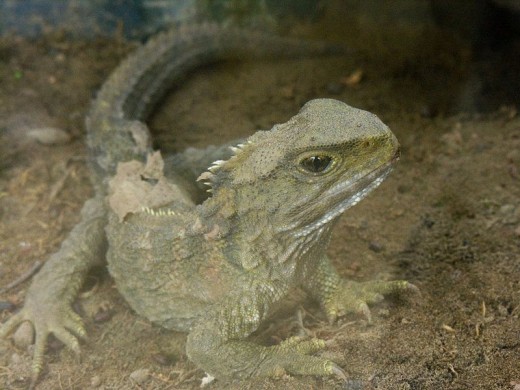
The Tuataras of New Zealand (order: Sphenodontia)
There are only two species of Tuataras in the world now, although a few million yeara agothere were many kinds of Sphenodontia, including sea dwelling species.
For a long while the little creatures were thought to be another kind of lizard. Then people started to notice that Tuataras had similarities to birds, turtles, and crocodiles in a way that lizards did not.
They are also much more primitive than most other reptiles. They have a way of walking, for example, that is similar to an amphibian. Their hearts are especially simple.
They were finally recognized as a distinct order and their primitive features became of interest to scientists studying evolution.
The living Tuataras are able to cope with colder climates than lizards and they thrive in cool, wet New Zealand.
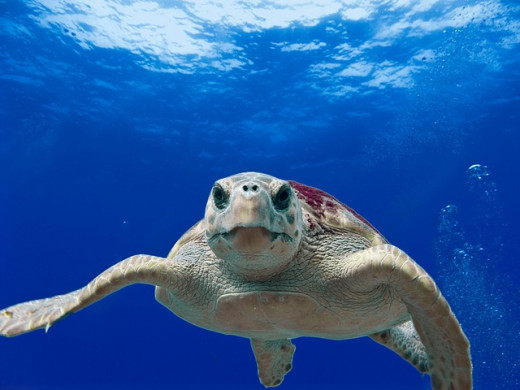
Turtles, terrapins and tortoises.
This is one of the oldest reptile groups (scientific name: Testudines) and fossils date back 215 million years. The chief distinguishing feature is the protective shell that developed over the millenia from the rib cage of the turtle's ancestors. It can be made either of cartilidge or bone depending on the species.
The Leatherback Turtle is the largest turtle and can grow up to 2 meters long and wiegh 900 kilograms .
Giant tortoises were once common across the world but disapeared as modern humans came on the scene (they probably made a tasty, easy to catch meal). Nowadays, Giant Tortoises are only found on remote islands like the Seychelles and Galapagos Islands. A large specimen can weigh 300 kg.
Another kind of Turtle is the Diamondback Terrapin found in brackish (salty) waters in the US South and East.
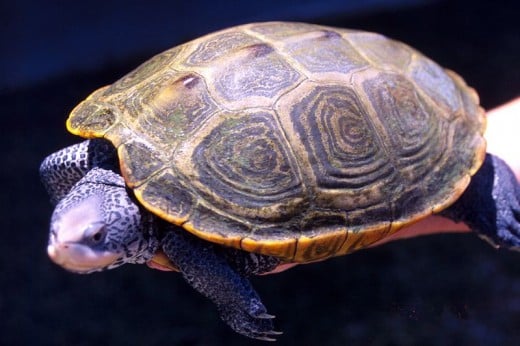
Giant Tortoise in Smithsonian
Squamata (lizards, snakes, and worm lizards):
The large group of reptiles that scientists call Squamata includes lizards and snakes. It has around 7900 species making it by far the biggest group of reptiles.
The species of this group are distinguished by their skin, which has tough, protective scales. and by their mouths which can open very wide, This is most obvious with snakes like the python- an adult can easily swallow a calf whole.
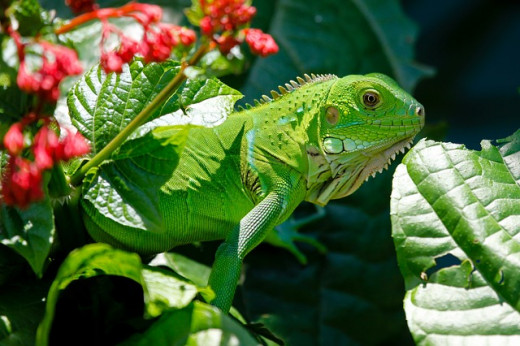
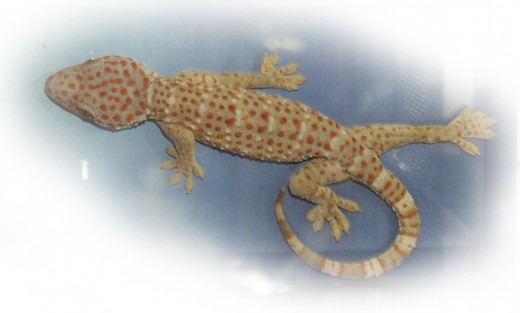
Lizards
There are around 3800 species of lizard and they are found anywhere that it is warm enough for a cold blooded creature to live.
Lizards and snakes are very closely related but lizards have external ears and limbs whereas snakes do not.
The lizards include chameleons like the difficult to spot Jackson's Chameleon pictured above. It is a native of Hawaii and like other Chameleons changes its skin color to match its surroundings.
Iguanas are land animals that mainly live in forests. They climb well but they are also good swimmers. They are herbivores and eat fruit, leaves and shoots.
Geckos are pests in some parts of Asia, invading people's homes. They have the amazing ability to walk on ceilings with one of the most specialized set of feet in the animal kingdom.
Gila Monsters are natives of America's hotter, drier regions and one of the few venomous reptiles. Luckily, they are not very quick and rarely bite people.
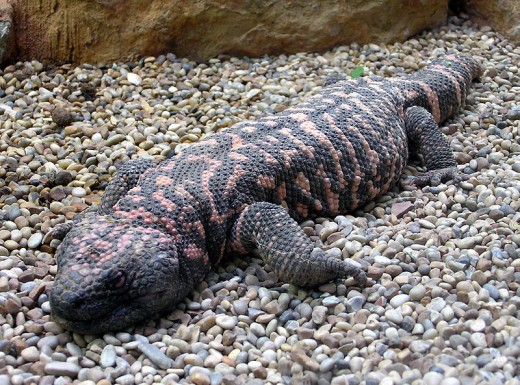
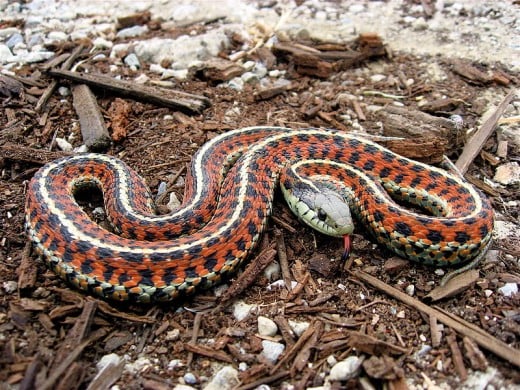
Snakes
Snakes are short of many things. They lack legs, eyelids and external ears. This has not stopped them from being very successful animals occupying a very large part of our planet. They are expert hunters in undergrowth, desert, trees, and both sea and freshwater.
Their slender shape allows them to easily enter burrows or dense vegetation that other large predators cannot.
Their senses are sharp. They possess excellent binocular vision and a very sophisticated chemical sense. They collect chemicals in the air with their tongues and analyse the chemicals in special sense organs in the mouth- the equivalent of our smelling and tasting senses.
Their jaws are very flexible and many species can swallow prey much wider than themselves.
Not all snakes are venomous but many are. This allows than to tackle large, quick prey. The snake need only inject poison into an animal and wait for it to die.
Some snakes- like the python- are very large and muscular. A python can squeeze the life out of a large mammal like a pig or even a small cow before swallowing it whole.



